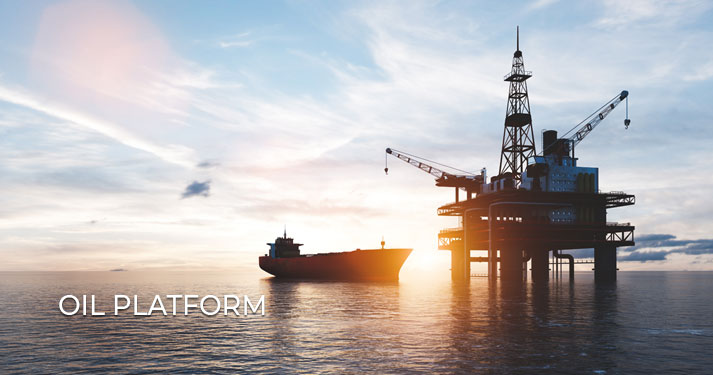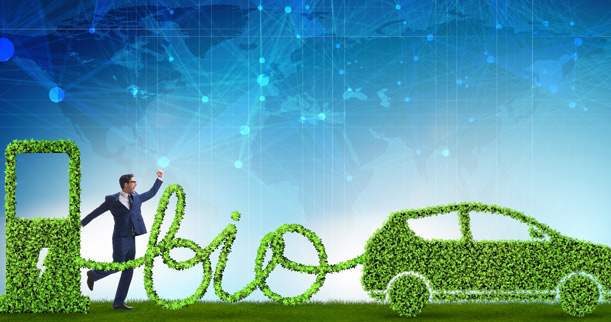A Message from the President
Questionable energy policy both in Europe and the USA along with Putin’s War have created a dramatic shortage of fossil fuels (oil and gas) at a time when renewable energy sources have not yet been sufficiently developed to meet the world’s energy needs.
We offer a water-based technology as a realistic alternative to the continued dependence on the politically controlled fossil fuels. We can not only reduce the consumption of gasoline and diesel but also significantly reduce the toxic emissions from today’s internal combustion motors.
Environment pollution is the largest cause of premature death on the planet causing 15% of all deaths – some 8.3 million people, with almost one-half of the smog-related deaths world-wide occurring in India (2.3 million) and China (1.8 million.)









